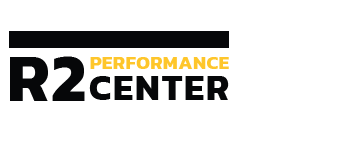

Use the Power of Imagination for Optimal Performance
“The soul never thinks without an image.” –Aristotle
Our imagination is a powerful performance and life-enhancing tool we can learn to harness. We tend to create images in our minds of future events that we hope to get right and past events that we wish we could correct. Research shows (Holmes & Collins, 2001) that imagery is a highly effective tool, especially when we can’t physically practice preparing for a situation.
Imagery practice is most effective when we use all five of our senses–sight, hearing, touch, taste and smell–to create a realistic, clear, detailed mental picture of an experience.
Practice Using Imagery With PETTLEP
The PETTLEP approach (Holmes & Collins, 2001) guides people through the practice of imagery. Review the sections below before engaging in imagery to maximize the benefits.
Physical Get as close as possible to the experience. For example, hold your equipment; wear the uniform.
Environment Make the performing environment as realistic as possible, such as by having an audience.
Task What is the task you are focused on getting right? What are the kinesthetic movements you want to perfect? Get your movements correct in your image.
Timing Make your images an accurate representation of the real-time speed and length of the performance. So, if you are getting ready for a 30-minute performance, you should visualize the activity for that long. If you are practicing your motor skills, start with a slow image and then layer on the speed.
Learning As you become more proficient at the task, you should update your imagery to reflect what you have learned and what is important now.
Emotion What are the specific emotions you need to feel (for example, energized, calm, relaxed, confident, focused)? Whatever your goal emotion is for the performance, that emotion should be brought into the image.
Perspective Consider if you want a first-person or third-person perspective–the former may be best for motor-skill improvement, but the latter may be best for form-based tasks or emotional imagery.
“Neurons that fire together wire together.” –neuropsychologist Donald Hebb
Resources
Watch VideoDownload Infographic
MORE SKILLS
